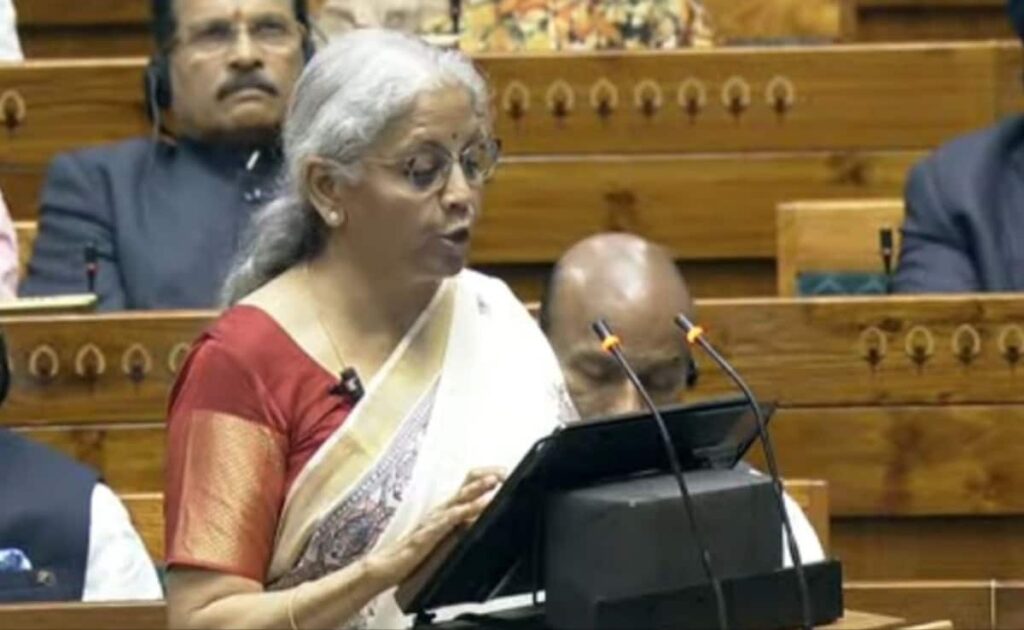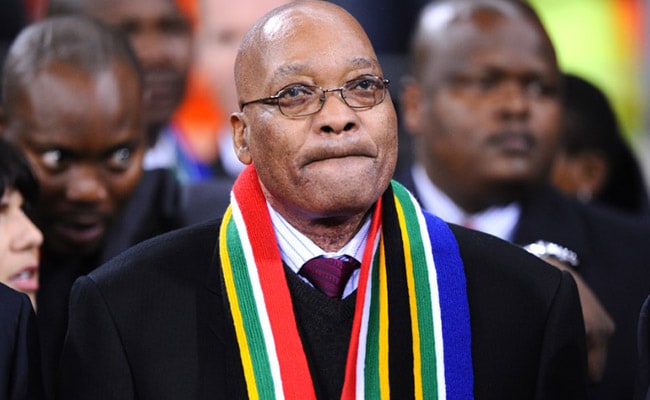

There may be concessions for the middle class, which is pinning hope on a reduction in income tax rates, along with a hike in standard deduction. Under the old tax regime, the basic income exemption limit is set at Rs 2.50 lakh, while in the new tax regime, the limit is Rs 3 lakh.
With the Economic Survey seeking financial inclusion for rural households and small businesses as a priority area, Nirmala Sitharaman may announce easier access to credit through microfinance institutions, self-help groups and other intermediaries.
Revisiting tariff structures to support domestic manufacturing and reduce dependency on imports while helping manage exchange rate pressures are likely.
There is a very strong likelihood of Ms Sitharaman announcing policies and initiatives to accelerate progress in the field of artificial intelligence (AI).
Economists expect the Union Budget will unveil tariff reforms and consider a concessionary tax rate for new manufacturing facilities in India, both of which would address emerging global challenges but could have mixed implications for the domestic economy.
A decision likely to be taken with an eye on US policies is some sort of corporate tax relief.
Many analysts agree on one thing – the government will continue on the path of fiscal consolidation, with a projected fiscal deficit of 4.5 per cent of the gross domestic product (GDP) for fiscal 2026.





